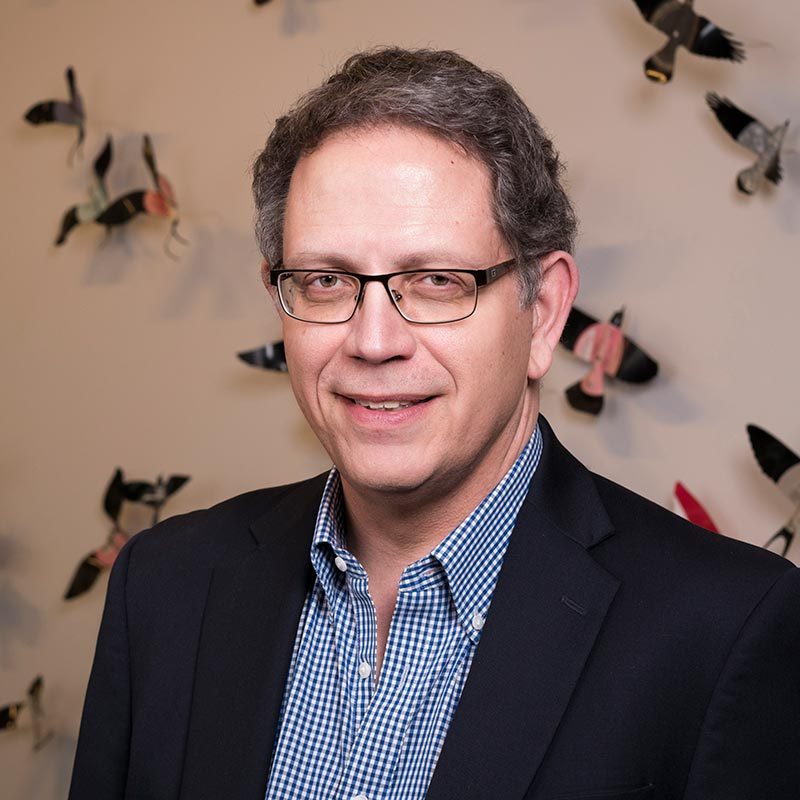When I showed a copy of the 15-year-old church constitution to a lay leader, he responded, “I thought we destroyed all the copies. We don’t want to talk about that ever again.”
That old constitution struck a nerve and taught me that attempts to hide the past are very costly in the present and the future.
The congregation had a secret. Fifteen years earlier, they had been desperate to help their pastor recover from a paralyzing depression triggered by the battlefield death of his son.
The congregation rewrote the constitution to force the pastor to go outside and cut the grass. Months later, they insisted that he resume preaching. Many thought the fresh air and return to the pulpit would help.
When he finally did return to preaching, every sermon was filled with rage at the war. After months of this, members of the congregation were at their wits’ end and forced him to resign. The copies of the constitution were hidden away. The congregation built a cone of silence around the resignation and the pain.
I knew about the son’s death and the pastor’s departure, but my only hint about the pain came when I found a stack of constitutions during a construction project. Now the congregation’s concerns about its reputation in the community and its slow response to my leadership made more sense. This secret had helped fuel unhealthy habits in the church.
When we decide to hide the past, the energy required to hold back the truth takes focus away from what is happening in the present. Keeping a secret often means that we will repeat the same mistakes, because the only thing we have allowed ourselves to learn is to remain silent.
When this church called me to be their pastor years later, my immediate predecessor had retired and subsequently been hospitalized with clinical depression. In light of what had happened to my two predecessors, I began to wonder whether the congregation itself might be depressed. At the very least, it was not living up to its potential.
Concealing the past can take numerous forms. I recently came to know a new network of congregations with an impressive model for starting churches. But in reviewing their website, I saw hints that this group was not so much new as it was split off from a historic denomination. The evidence was more in what was missing than in what was said.
For example, their list of theological convictions was tied to Scripture but not to church history. There was no story that linked them to why these convictions are important. It appeared that nothing had happened between the writing of the Scripture and the 21st century. I wondered how this “non-history” would affect the launch of new congregations.
Practically all of white America is complicit in this sort of concealment, especially in the treatment of Indigenous peoples and those who were brought here as slaves. As a white male born in Alabama, I have been supported by organizations with racist roots, beginning well before my birth.
The decisions to keep secret the racist roots of almost every institution that nurtured me have fed the systemic racism that shows itself every day in policing, housing accessibility, prison sentences and employment opportunities.
Efforts to conceal the past lead to multiple injuries that seem disconnected, because the roots are hidden. At the moment, more institutions are examining their complicity in racism. Others have moved to act in terms of repair and reparation. The move from secret-keeping is a long route -- and the way to life.
The decision to ignore the past can be reversed in big and small ways. After I learned the story behind the cut-the-grass constitution, I managed to locate the pastor at the story’s center and hear his account. I invited him back to preach. He had a chance to grieve and celebrate with old and new members.
Uncovering and learning from the past is different from living in the past. Some institutions speak about their founders in such a way that visitors look over their shoulders expecting the dead to rise and sit at the head of the table. Living in the past means that the hopes and needs of neighbors are easily ignored, next generations are not seen, and the work looks increasingly irrelevant.
One effect of the multiple pandemics of 2020 is that most of us are finding it very difficult to maintain the illusion of living in the past. At best, we might hope that “the past” will return when there is a vaccine and protests stop.
Understanding the past -- its joys and its sorrows -- is not about setting the destination by turning the clock back. It is about charting a course that learns from the mistakes and takes clues from the joys.
As Christians, we set our direction on Jesus’ teachings about the reign of God. We look to the Beatitudes and the parables to guide us. We are called by the commandments to love God and love neighbor.
If we look to the past for our future, it is not to the past of our making or the traditions set by the human founders of a particular congregation. It is to the past redeemed and renewed by the hope of new life.
When I visited the then-elderly former pastor who had been forced to cut the grass, he told me that leaving the congregation was necessary for his healing. He held no ill feelings, just a deep sadness for the death of his son. I wondered how the congregation could learn from him, moving into the future while treasuring the memories and grieving the loss.
After he preached and the crowd gathered around him, I could feel a cloud lifting from the church. Its energy was renewed, and people joined with us in the next season. I learned that keeping secrets is hard work -- and facing them is worth the cost.














